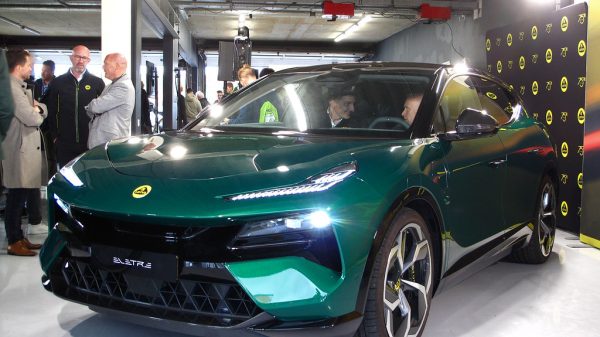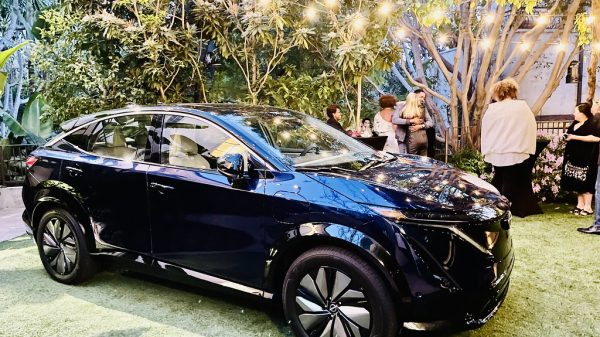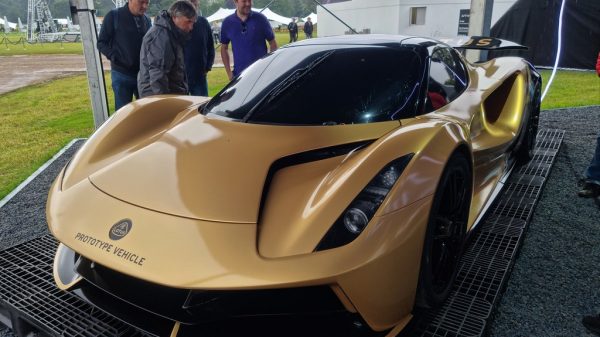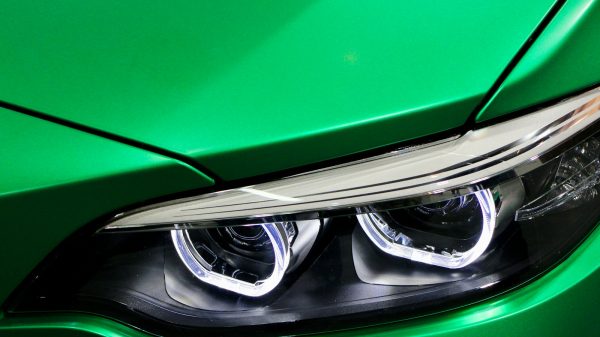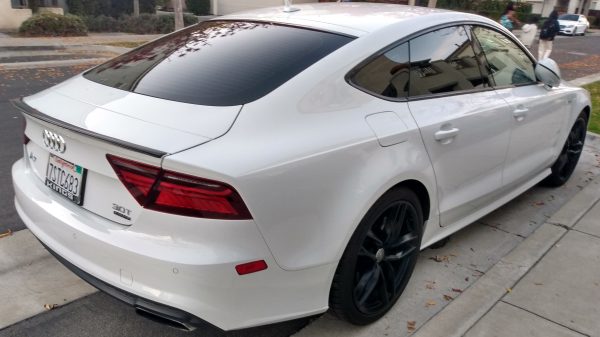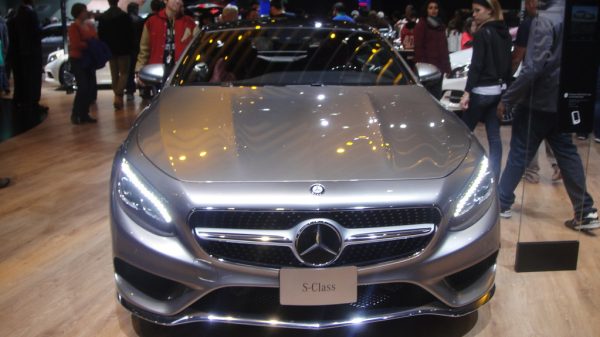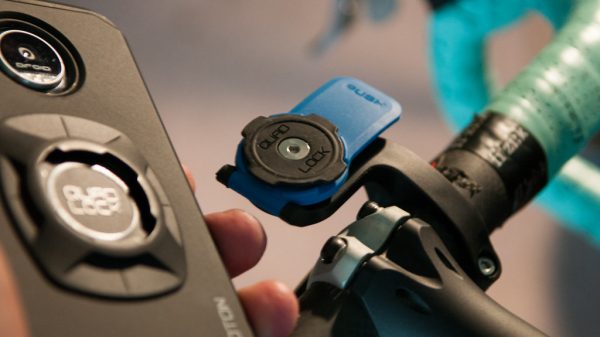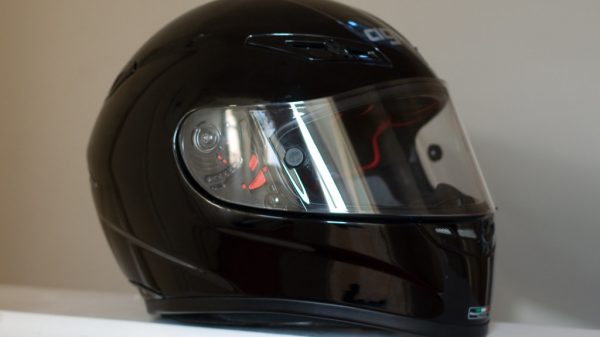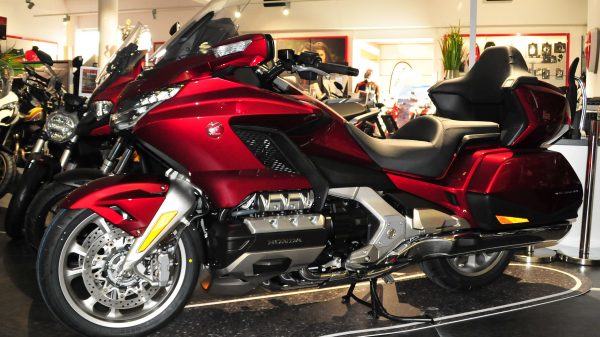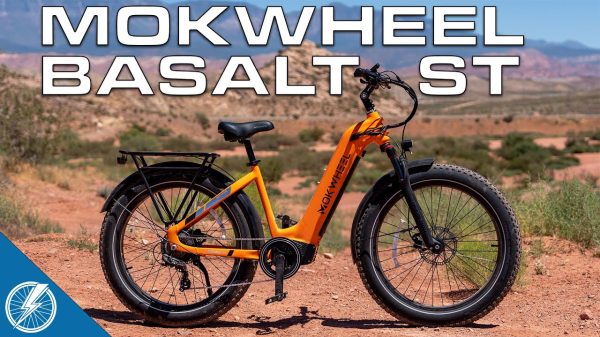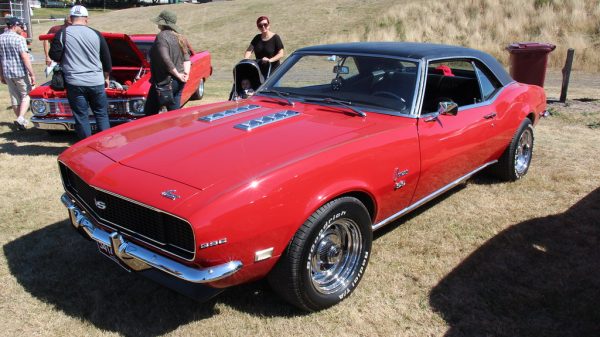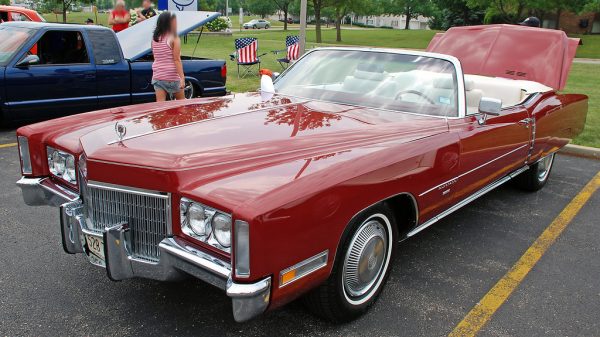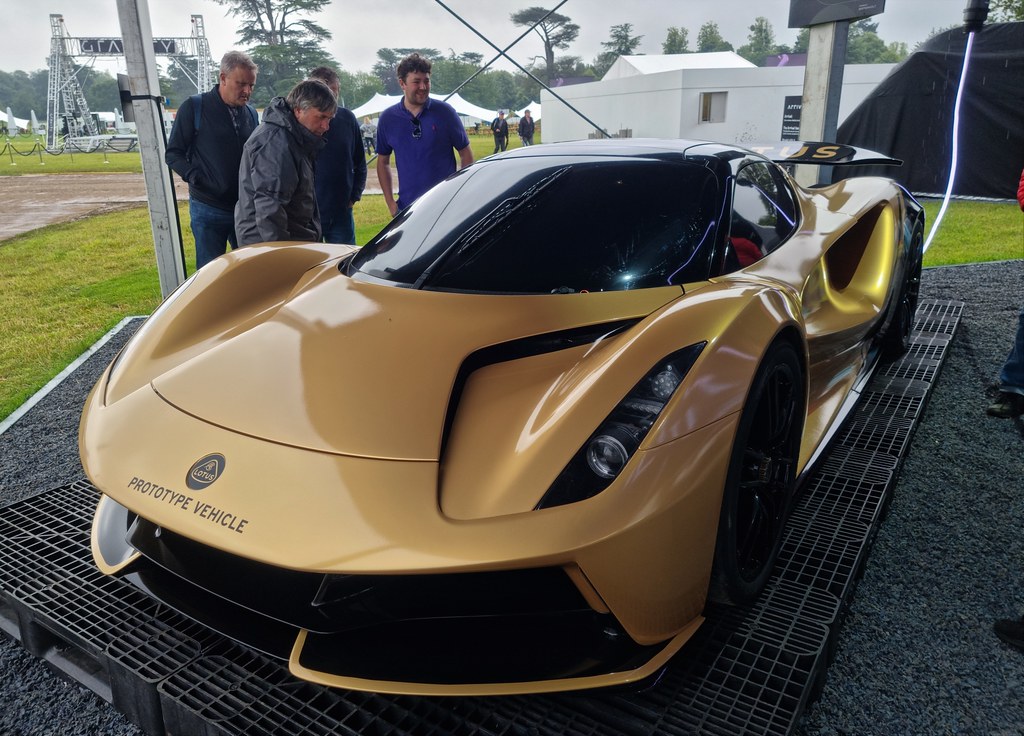Electric hypercars are turning heads and changing the game. These cutting-edge vehicles blend insane speed with eco-friendly tech. Our guide will walk you through the top electric hypercars that are redefining what’s possible on four wheels.
Rimac Nevera: Speed and Innovation
The Rimac Nevera stands as a testament to the incredible potential of electric hypercars. This Croatian marvel boasts jaw-dropping specs: a top speed of 258 mph, 0-60 mph acceleration in just 1.74 seconds, and a staggering 1,914 horsepower.
But the Nevera isn’t just about raw power – it’s a feat of engineering that pushes the boundaries of what’s possible in electric vehicle technology.
Avoid the long lines and shop online!
-> Shop the Best Deals on Amazon <-
As an Amazon Associate, we earn from qualifying purchases.
At the heart of the Nevera lies a cutting-edge powertrain featuring four electric motors, one for each wheel. This setup allows for precise torque vectoring, giving the car unparalleled handling and control.
The 120 kWh battery pack not only provides impressive performance but also offers a practical 304-mile range on a single charge. Rimac has employed advanced materials and construction techniques, including extensive use of carbon fiber, to keep weight down while maintaining structural integrity.
The Nevera’s prowess isn’t just theoretical – it’s been proven on the track. It currently holds the title of fastest production EV at both the Nürburgring Nordschleife and the Goodwood Festival of Speed.
These achievements highlight the car’s real-world performance capabilities. With production limited to just 150 examples, the Nevera represents the pinnacle of electric hypercar exclusivity and innovation.
Deus Vayanne: Luxury and Performance
The Deus Vayanne stands out in the electric hypercar arena, blending opulence with raw power. This Austrian-made marvel boasts an impressive 2,200 horsepower, putting it squarely among the most potent EVs on the planet.
Its four-wheel drive system harnesses a whopping 1,475 pound-feet of torque, propelling the car from 0-60 mph in less than two seconds – a feat that rivals even the quickest combustion-engine supercars.
Avoid the long lines and shop online!
-> Shop the Best Deals on Amazon <-
As an Amazon Associate, we earn from qualifying purchases.
Luxury meets cutting-edge tech in the Vayanne’s cabin, featuring a state-of-the-art infotainment system and premium materials throughout. The car’s exterior design is equally striking, with aerodynamic curves that not only turn heads but also enhance performance.
Limited to just 99 units, each Vayanne comes with an estimated price tag of around $2 million, reflecting its exclusivity and advanced engineering. This rare blend of sustainability and high-performance showcases the potential of electric powertrains in the luxury automotive sector.
Tesla Roadster 2. 0: The Pioneer Reimagined
Tesla’s Roadster 2.0 promises to redefine electric performance. This next-generation sports car boasts jaw-dropping specs: a top speed exceeding 250 mph and a 0-60 mph acceleration in just 1.1 seconds.
Avoid the long lines and shop online!
-> Shop the Best Deals on Amazon <-
As an Amazon Associate, we earn from qualifying purchases.
These figures place it firmly in the hypercar territory, challenging even the most advanced internal combustion engines.
Under the hood, the Roadster 2.0 features a tri-motor layout, harnessing the power of advanced e-motors and silicon carbide inverters. This setup not only delivers blistering acceleration but also contributes to the car’s impressive range of 620 miles on a single charge.
Tesla has integrated cutting-edge battery technology and regenerative braking systems to maximize energy efficiency. The car’s design incorporates lightweight materials and aerodynamic elements, including an active rear wing for optimized downforce at high speeds.
Expected to launch in late 2024, the Roadster 2.0 represents Tesla’s commitment to pushing the boundaries of electric vehicle performance. It builds upon the legacy of the original Roadster while incorporating lessons learned from Tesla’s mass-market vehicles like the Model S Plaid.
The car’s long range addresses a common concern with electric vehicles, potentially making it suitable for extended road trips without frequent charging stops. With its combination of speed, range, and innovative technology, the Roadster 2.0 aims to showcase the full potential of electric powertrains in high-performance applications.
Aspark Owl: Engineering Marvel
The Aspark Owl stands as a testament to cutting-edge engineering in the realm of electric hypercars. This Japanese marvel boasts mind-bending performance figures that push the boundaries of what’s possible on four wheels.
With a staggering 1,985 horsepower and 1,475 pound-feet of torque, the Owl accelerates from 0 to 60 mph in a mere 1.69 seconds – faster than you can say its name. Its top speed of 249 mph puts it in the upper echelons of automotive speed demons, electric or otherwise.
But the Owl isn’t just about raw power. Its carbon fiber monocoque chassis and body panels contribute to a lightweight yet rigid structure, enhancing both performance and safety. The car’s four electric motors – one for each wheel – provide precise torque vectoring, ensuring optimal traction and handling in various driving conditions.
Despite its blistering performance, the Owl doesn’t skimp on range, offering 248 miles on a single charge. And when it’s time to juice up, the battery can be replenished to 80% capacity in just 40 minutes using fast-charging technology.
The Aspark Owl proves that sustainability and extreme performance can indeed coexist in the automotive world.
Lotus Evija: British Excellence
Lotus Evija stands as a testament to British engineering prowess in the electric hypercar arena. This all-electric marvel boasts an impressive 2,000 horsepower, propelling it from 0-60 mph in under three seconds.
With a top speed of 218 mph, the Evija isn’t just fast – it’s pushing the boundaries of what’s possible in electric vehicle performance. Limited to just 130 units, this rare gem comes with a hefty price tag of $2.3 million, reflecting its exclusive status and cutting-edge technology.
Under the hood, the Evija packs a punch with 1,254 pound-feet of torque, harnessing the power of advanced electric motors and a sophisticated battery system. Lotus has incorporated innovative features like energy harvesting and planetary gearboxes to maximize efficiency and performance.
The vehicle’s design also prioritizes weight reduction, a hallmark of Lotus engineering, to enhance its speed and handling capabilities. While it may not have the roar of a traditional combustion engine, the Evija’s silent power and lightning-quick acceleration offer a thrilling driving experience that rivals – and in many ways surpasses – its petrol-powered counterparts.
Pininfarina Battista: Italian Masterpiece
The Pininfarina Battista stands as a testament to Italian craftsmanship and electric innovation. This hypercar boasts an impressive 1,900 horsepower and 1,696 pound-feet of torque, making it one of the most powerful road-legal cars ever created.
Its sleek design and cutting-edge technology blend seamlessly, resulting in a top speed of 217.48 mph and a 0-60 mph time of under two seconds.
Pininfarina’s expertise in automotive design shines through in the Battista’s aerodynamic body and luxurious interior. The car features a state-of-the-art electric powertrain, developed in collaboration with Rimac Automobili, which provides a range of 300 miles on a single charge.
Fast charging capabilities allow the battery to be replenished from 20% to 80% in just 25 minutes, ensuring minimal downtime for drivers. Limited to only 150 units worldwide, the Battista represents the pinnacle of electric performance and exclusivity.
The Battista’s advanced features extend beyond its powertrain. It incorporates a sophisticated thermal management system to optimize battery performance and longevity. The car’s chassis, constructed from carbon fiber, offers exceptional rigidity while keeping weight to a minimum.
Pininfarina has also integrated advanced driver assistance systems and a customizable digital interface, blending traditional Italian craftsmanship with modern technology. This harmonious fusion of performance, luxury, and sustainability positions the Battista as a true Italian masterpiece in the electric hypercar segment.
Genovation GXE: American Muscle Reborn
Genovation GXE stands out as a true American muscle car reborn for the electric age. This powerhouse combines classic Corvette styling with cutting-edge EV technology, creating a unique blend of nostalgia and innovation.
Based on the Chevrolet Corvette C7, the GXE retains its iconic silhouette while packing a serious electric punch under the hood.
Performance-wise, the Genovation GXE is no slouch. It boasts a top speed of 211.8 mph, making it one of the fastest electric vehicles on the planet. The dual-motor setup delivers blistering acceleration, propelling the car from 0-60 mph in under three seconds.
Power comes from a 60-kWh battery pack, providing a range of about 130 miles – ample for track days or short bursts of high-speed driving. The GXE made its production debut in early 2018, marking a significant milestone in the evolution of American performance cars.
What sets the GXE apart is its commitment to driver engagement. Unlike many EVs that rely solely on automatic transmissions, Genovation offers both a paddle-shift automatic and a manual transmission option.
This unique feature allows drivers to experience the thrill of shifting gears in an electric supercar, bridging the gap between traditional driving experiences and modern EV technology.
The GXE proves that the spirit of American muscle cars can thrive in the electric era, offering a compelling alternative for enthusiasts who crave both speed and sustainability.
Drako GTE: Precision and Power
The Drako GTE stands out in the electric hypercar arena with its impressive blend of precision engineering and raw power. This American-made marvel boasts four electric motors, one for each wheel, delivering a staggering 1,200 horsepower and 6,500 pound-feet of torque.
The GTE’s sophisticated torque vectoring system allows for unparalleled control and handling, making it a formidable competitor on both track and road. With a top speed of 206 mph and a 0-60 mph time of just 1.9 seconds, the GTE rivals – and in some cases surpasses – its combustion-powered counterparts.
Drako Motors hasn’t skimped on luxury or exclusivity either. The GTE features a 90 kWh battery pack, providing ample range for high-performance driving sessions. Inside, drivers are treated to a cockpit that seamlessly blends cutting-edge technology with premium materials.
The car’s exterior design is equally striking, with aerodynamic curves that not only enhance its visual appeal but also contribute to its remarkable performance. Limited to just 25 units, the Drako GTE represents a rare opportunity for enthusiasts to own a piece of electric hypercar history – albeit at a price point that reflects its exclusivity and advanced technology.
Sustainability in Hypercars
Sustainability in hypercars isn’t just about electric power – it’s a holistic approach to high-performance vehicles. Manufacturers are integrating hybrid and electric powertrains to balance jaw-dropping speed with environmental responsibility.
This shift goes beyond the drivetrain, encompassing lightweight materials, aerodynamic designs, and energy recovery systems. Companies like Williams Advanced Engineering are pushing the boundaries, developing technologies that trickle down to everyday electric cars.
Efforts to mitigate environmental impact extend to the production process. Hypercar makers are increasingly using recycled materials, implementing sustainable manufacturing practices, and exploring carbon-neutral production facilities.
These initiatives aim to reduce the carbon footprint of these extraordinary machines throughout their lifecycle. The focus on sustainability doesn’t come at the cost of performance – many electric hypercars boast mind-boggling acceleration, reaching 60 mph in under 2 seconds, and top speeds exceeding 250 mph.
The sustainability push in hypercars is driving innovation across the automotive industry. Advancements in battery technology, power management systems, and lightweight materials developed for these elite vehicles often find their way into mass-market electric cars.
This trickle-down effect is accelerating the overall adoption of electric vehicles, contributing to a broader shift towards sustainable transportation. As hypercar makers continue to push the limits of speed and sustainability, they’re proving that high performance and environmental consciousness can coexist in harmony.
The Future of Electric Hypercars
The future of electric hypercars is bright and rapidly evolving. Advances in battery technology and electric motors are pushing the boundaries of speed and performance. These cutting-edge vehicles are not only setting new records on the track but also leading the way in sustainable transportation.
Companies like Rimac Automobili are at the forefront, collaborating with established automakers to develop innovative solutions. Their Nevera model showcases what’s possible, combining blistering acceleration with advanced engineering.
As the industry moves forward, we’ll likely see more diversity in electric hypercar offerings. Plans for electric SUVs and sedans are already in the works, broadening the appeal of high-performance EVs.
Charging infrastructure is expanding, addressing range anxiety and making these vehicles more practical for everyday use. The integration of autonomous driving features and advanced communications architectures will further enhance the driving experience.
Electric hypercars are becoming more than just speed machines – they’re rolling laboratories for technologies that will eventually trickle down to mainstream electric vehicles.
EV enthusiasts and industry experts are closely watching this space, anticipating breakthroughs in areas like lightweight materials, aerodynamics, and power management systems. The electric hypercar segment is fostering a global community of innovators, from established manufacturers to bold startups.
As these vehicles push the limits of what’s possible, they’re inspiring advancements across the entire automotive industry. The lessons learned from developing these high-performance machines will undoubtedly shape the future of transportation, making it cleaner, faster, and more exciting than ever before.

